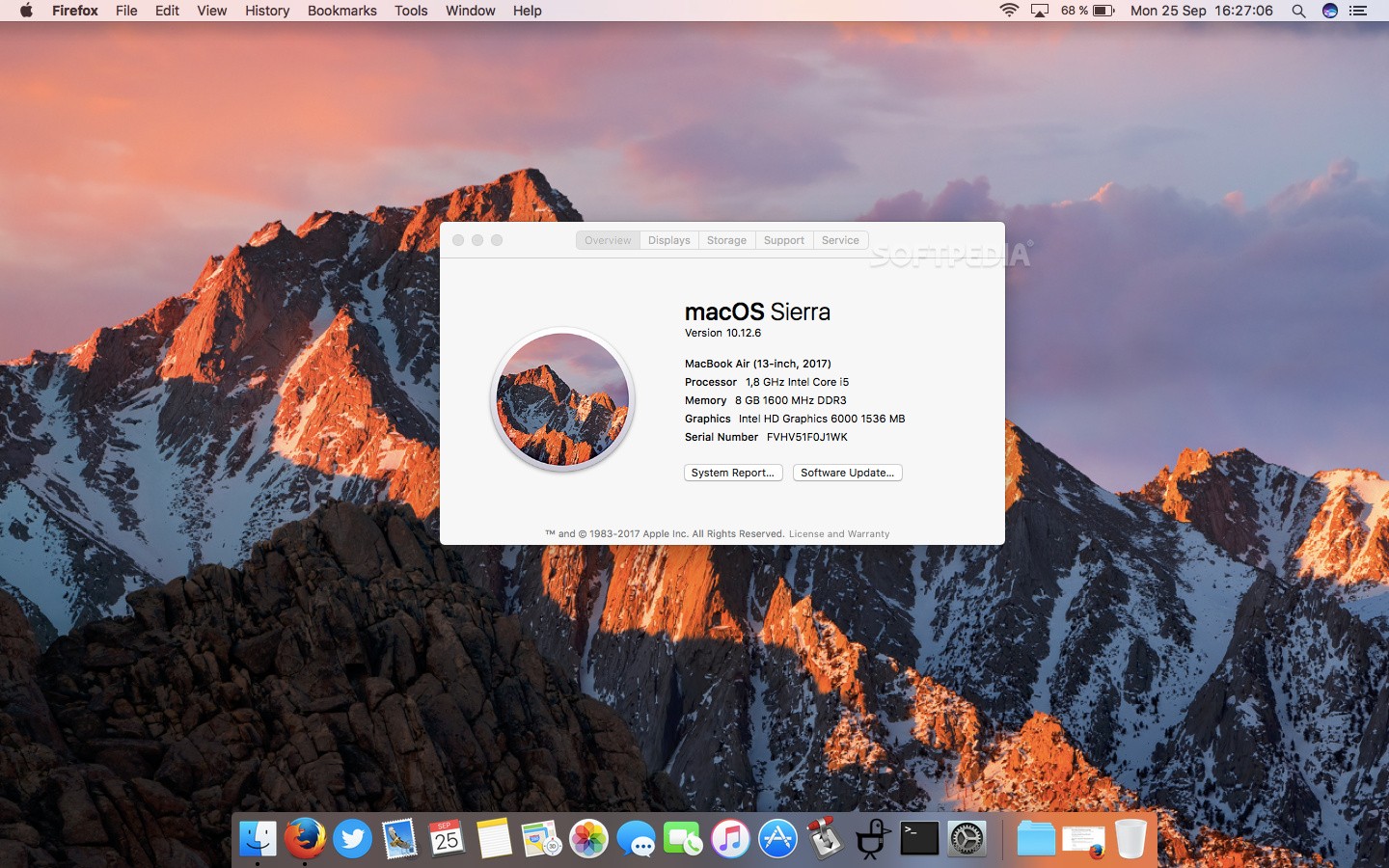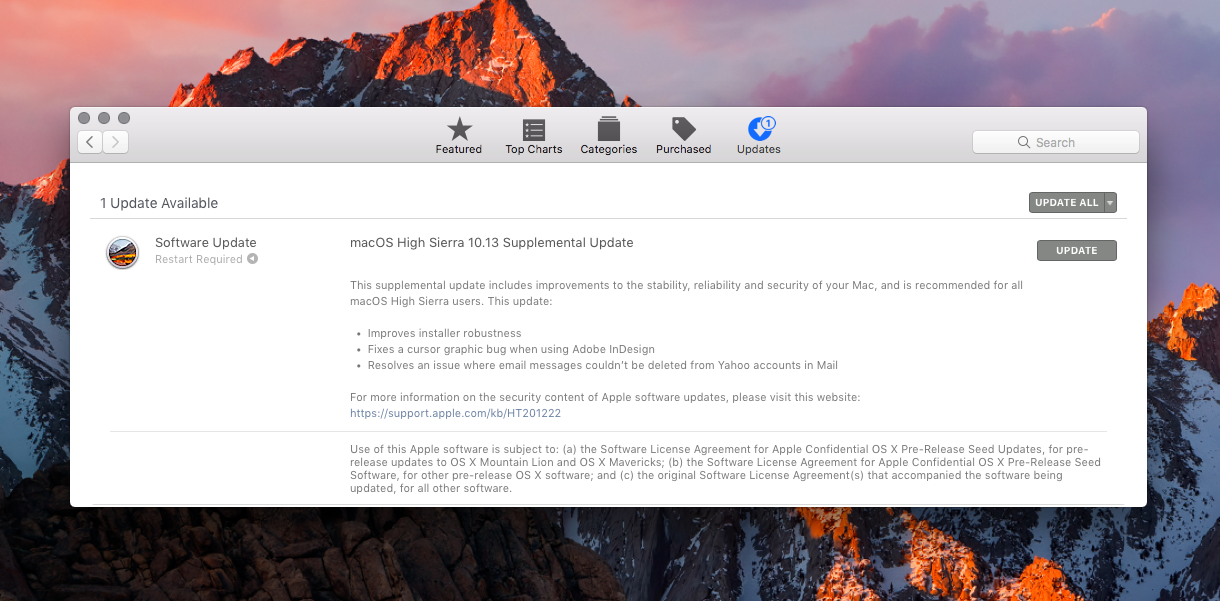

To do this, click on the Apple menu and then click System Preferences. What you need to do is delete your current Touch ID fingerprint and re-add it. This method is pretty much foolproof for our particular issue. If not, you’ll need to move onto the next phase of the solution. After a short period, lift the lid and attempt to use Touch ID. Once you’ve logged in with your password, close the lid, and give it time to actually suspend. Do note, upon reboot and first login, you will have to enter your user password as Touch ID isn’t running until you’ve initially logged in, after a boot up or reboot. In some instances, that reboot is just the trick for getting Touch ID back up and running.

Sometimes all that is necessary to fix what ails your Mac is a reboot. Let’s dive in and see which one will solve your problem. In fact, there are two possible routes to success. Case in point, if you’ve upgraded to the latest iteration of macOS, you might find Touch ID failing to work. Touch ID is an incredibly efficient and handy feature. This can also be used when an action requires a password such as paying with Apple Pay or installing software. With that, Touch ID works to allow you to unlock your laptop with a fingerprint. If not, it’s simple: On some MacBook Pros, there is a small fingerprint sensor at the right edge of the Touch Bar. What is Touch ID?Ĭhances are, if you’re reading this, you already know what Touch ID is. However, having Touch ID at the ready is a very convenient feature, so getting it back up and running was a must for me. Fortunately, there was always the user password to login with. After the upgrade, I quickly learned that Touch ID would no longer work. Recently I updated my MacBook Pro to High Sierra. If that's happened to you, Jack Wallen has the fix. Some upgrades to macOS High Sierra have reportedly caused Touch ID to stop working.

How to fix macOS Touch ID after High Sierra update


 0 kommentar(er)
0 kommentar(er)
